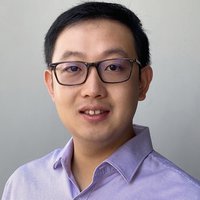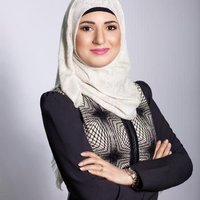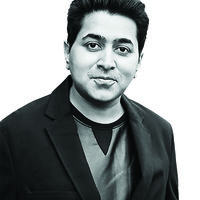Energy & sustainability
Jinxing Zheng
Exploring controllable nuclear fusion technology to solve the global energy problem

Latin America
Daniela Blanco
Reducing the environmental impact of the chemical industry to replace oil and gas with electricity from renewable sources.

Asia Pacific
Chunfeng Wan
Developing membrane technologies to convert the osmotic pressure to renewable osmotic energy

MENA
Nazek El-Atab
The development of ultra-flexible and lightweight inorganic solar cells with high efficiency and enhanced thermal performance

Global
Avinash Manjula Basavanna
His biodegradable plastic protects against extreme chemicals, but heals itself using water.
